Anatomy and Physiology - Skeletal Muscle Fibers
1/12
Earn XP
Description and Tags
Types of Body Movement
Name | Mastery | Learn | Test | Matching | Spaced |
|---|
No study sessions yet.
13 Terms
ORIGIN
The point of attachemt to the immovable or less movable bone
INSERTION
Point of attachement to the moveable bone
PRIME MOVERS
The muscle that has the majority of the responsibility for causing a particular motion.
ANTAGONIST
Muscles that oppose or reverse movement
SYNERGISTS
Help prime movers by producing the same movement or by reducing undesirable movement by stabilizing them
FIXATORS
Specialized synergists. They hold a bone still or stabilize the Origin of a prime mover so the tention can be used to move the Insertion bone.
5 GOLDEN RULES
With a few exceptions, all skeletal muscles cross at least one joint.
Typically, the bulk of a skeletal muscle lies proximal to the joint crossed.
All skeletal muscles have at least 2 attachments, the Origin and the Insertion.
Skeletal muscles can only pull; they never push
During contraction, a skeletal muscle insertion moves toward the Origin.
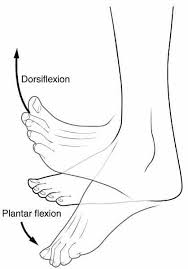
Dorsiflexion and Plantar Flexion
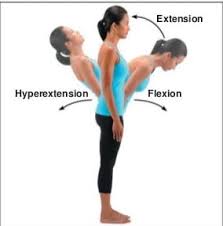
a. Flexion b. Extension c. Hyperextension

Abduction, Adduction, Circumduction
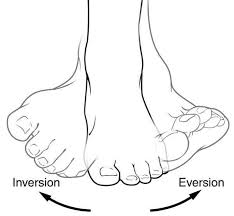
Inversion, Eversion
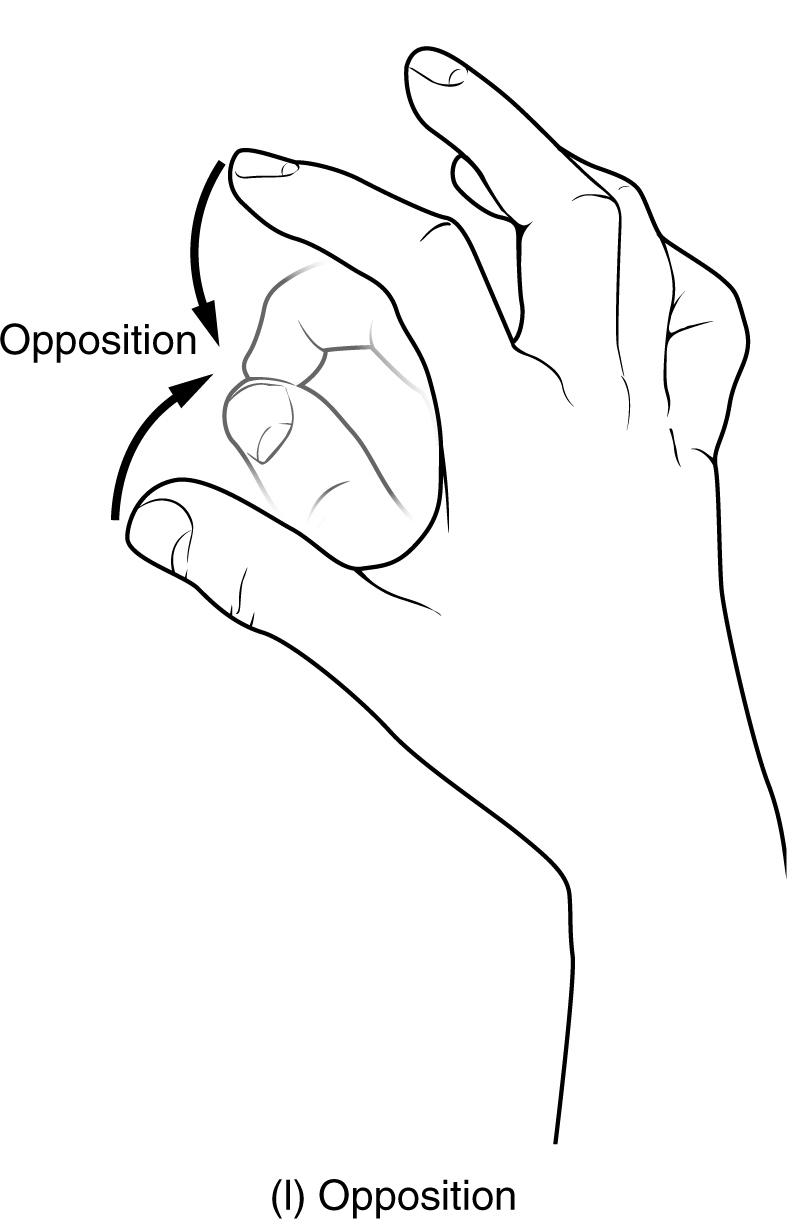
Opposition
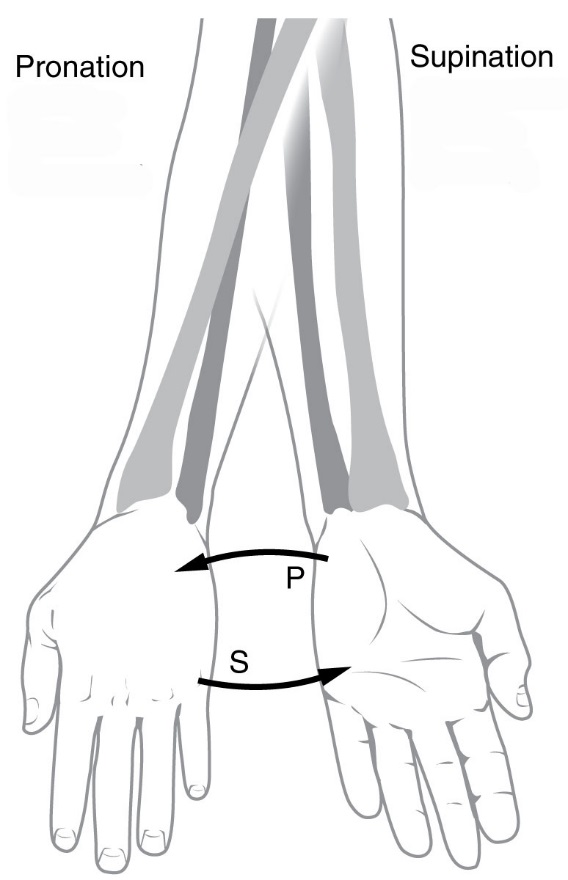
Supination, Pronation